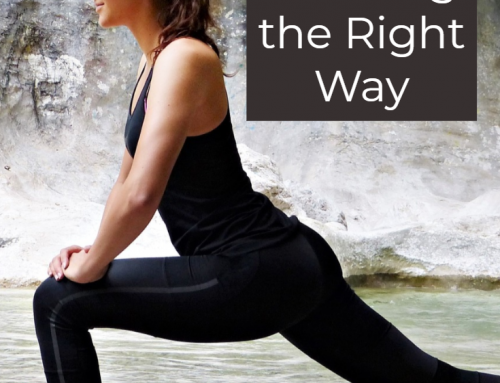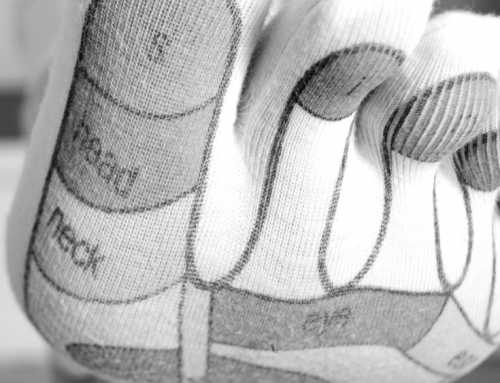
What is Pronation?
Pronation is the natural movement the foot takes while walking or running this includes the rotation and angle of the foot. A runner’s gait can be broken into three categories of pronation: neutral pronation, overpronation and underpronation. When a runner overpronates or underpronates it can add additional stress to their joints and muscles, leading to a higher risk of injury. For this reason, it is important to understand your gait as a runner and to take measures to correct it when possible.
Neutral Pronation
Neutral pronation means that the foots movement and rotation is in the range that is normal and healthy. This is ideally where you would like to be. It means that the ankle is lined up properly with the rest of the leg for the duration of the stride which reduces the amount of stress placed on your joints and muscles. It also means that your foot is absorbing the impacts of your steps to the best of its natural ability, which means less of that force is being felt by your body.
Overpronation
In a runner who overpronates their foot rotates further inward than in the ideal range. This leads to ankle turning further inward, and downward as well. Because of this rotation extra pressure is placed on the inside of the foot, and the big and second toes. This causes less stable footing and extra stress on the ankle. It also means that the lower leg is rotating more than in the normal range which can lead to an increased change of shin splints and knee pain.
Underpronation (Supination)
Underpronation results when the foot hits the ground but does not have enough of an inward roll. This results in most of the impact being handled by the outside of the foot and the smaller toes. This part of the foot is more rigid and does not reduce and transfer force as well. This leads to increased stress on the foot, and increases the risk of ankle injurie, damage to the achilles tendon, and plantar fasciitis.
Determining your Gait
Shoe Wear
The simplest way to get an idea of your gait is to look at the pattern of wear on the bottom of your shoes. If you tend to overpronate than you will see a greater amount of wear on the inside of the soles. If underpronatoin is more common you will more wear on the outside edge.
Gait Analysis
To gain a more complete understanding of your gait having a gait analysis preformed can be helpful. You can find this service available through some specialty running stores, running coaches, or physiotherapists.
Another option is to purchase a pair of smart running shoes that can track your gait and give you feedback. This is a great option because not only do you get ongoing gait analysis, but it is being done in real life scenarios where you are running, instead of a regulated environment on a treadmill.
Podiatrist
If you are having sever issues, pain, or regular injuries it is always a good idea to consult a medical professional. Podiatrists specialize in feet and can give a detailed diagnosis of any issues and prescribe orthotics, medication or therapy as necessary.
Ways to Help Correct Gait Issues
Learn
The most easily accessible and available method of improving your gait is information. We live in a time when information is literally available at our finger tips. You can find many pages and articles on running form and technique online. If you prefer something more hands on there is sure to be some reference material at your public library or local bookstore. Even minor adjustments to your posture and stance can have a significant impact on the way you run.
Get Smart
Just as we live in an age of information, we live in a time where technology can do things we only dreamed about not long ago. AIsportage has released a pair of smart running shoes that include a fitness tracker powered by an Intel AI chip. With these shoes you can receive an ongoing gait analysis and suggestions on how to improve.
Orthotics
Having a pair of custom orthotics made can be expensive but if you have severe gait issues this can be a good way to help. These can help both by positioning the foot to help correct your gait and by reducing the impact and stress as you run. Combining them with a smart shoe will allow you to track your improvement and get further insights into what you can do to move forward.
Lace Up
There are many different lacing styles that can benefit runners depending on their foot size, the fit of their shoes, and their level of pronation. Try using a new lacing technique to help improve the way you run and the comfort of your shoes.









